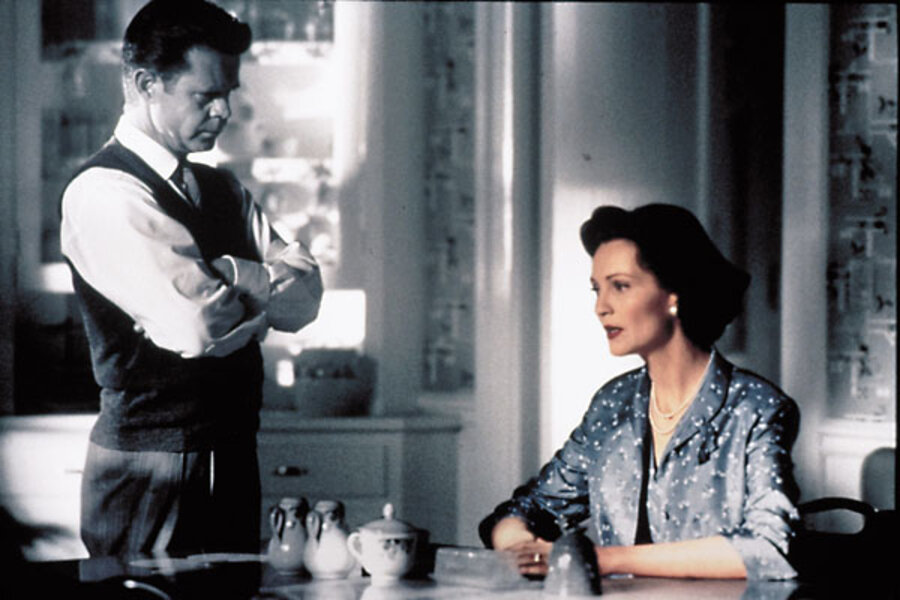Of punditry and pessimism
Loading...
In reading a lot of intellectual history for various research projects and for my classes, I’m always struck by how the same patterns of punditry and prophecy keep recurring. Consider the following narrative:
“There was a golden age before [phenomenon]. Now that it’s here, we understand how [phenomenon] emerged. However, we don’t know precisely how it will develop or change in the future. This portends imminent doom. The probability that [phenomenon] becomes Skynet is not zero; therefore, it must be stopped.”
Note the pattern:
1. Things used to be perfect.
2. Then something changed, but that was OK.
3. But it might lead to new changes that are different and scary.
4. I can envision a scenario in which the new change results in something bad.
5. Therefore, the new change must be stopped.
This is a pretty general phenomenon, and I find it confusing. I was motivated this morning by some reading on the chain store debate in the early twentieth century, but it’s a rhetorical pattern that appears across time periods and contexts. Consider versions of political history in which policy was once made by Great Statesmen Thinking of Nothing But the Public Interest (this cute video from Reason puts that to rest) or versions of religious history in which everyone was a perfectly righteous, sin-free, rock music-free, daily reader of the right translation of the Bible.
So what gives? First, when was the Golden Age? The Onion offers one date, but I wonder if we can’t be more specific. Second, what accounts for the patterns? Why do we view the past through rose-colored glasses, why is the future always terrifying, and why is every change (hula hoops, the Beatles, Wal-Mart, Google, the iPhone, etc.) a harbinger of terrible things to come?
Add/view comments on this post.
------------------------------
The Christian Science Monitor has assembled a diverse group of the best economy-related bloggers out there. Our guest bloggers are not employed or directed by the Monitor and the views expressed are the bloggers' own, as is responsibility for the content of their blogs. To contact us about a blogger, click here. To add or view a comment on a guest blog, please go to the blogger's own site by clicking on the link above.





